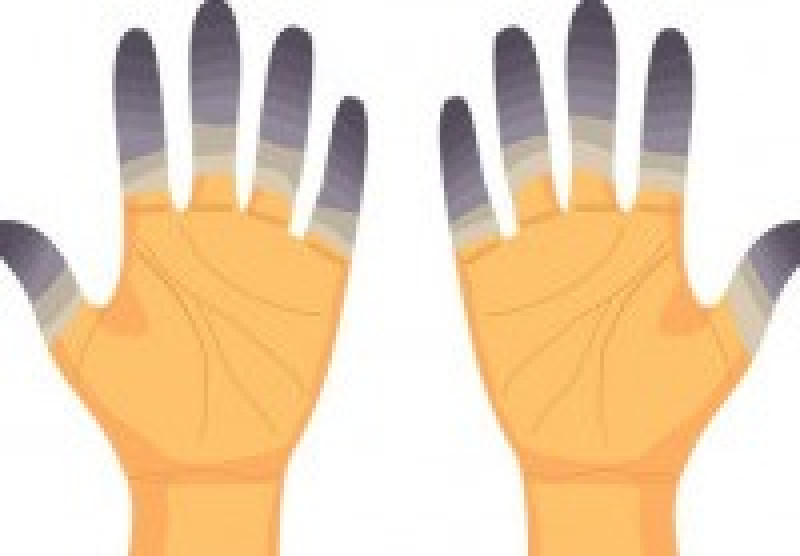
What is Hypothermia?
Hypothermia is a medical emergency that results when a person's core body temperature (CBT) drops from the normal body temperature of approximately 98.6°F to 95° F or lower. A drop in body temperature occurs when the body loses heat faster than it can be produced. When this happens, the body shunts blood to its core to keep vital organs perfused. Over time, CNS function slows, resulting in impaired thinking, feeling, and speaking. If left untreated, hypothermia will lead to complete cardiac and respiratory failure, and ultimately death.
Causes of hypothermia
Causes of hypothermia are typically classified by the amount of time it took for the CBT to drop. Acute hypothermia occurs rapidly, such as in cold water submersion. Subacute hypothermia occurs over a short period of time, such as in exposure to cold environments without the proper gear. Chronic hypothermia occurs over a period of several days, such as in the case of an elderly person living in a poorly heated residence. Alcohol consumption predisposes a person to hypothermia because it hinders their ability to shiver, preventing their body from generating heat. It also causes cutaneous vasodilation, which limits their ability to shunt blood to the core.
Symptoms and management of Hypothermia
Early stages of hypothermia begin when the CBT is above 95°F. In this early stage, the body is able to compensate and create heat by shivering until the person finds a way to get warmer or until the glycogen energy from muscles and the liver is depleted. Hypothermia symptoms can range from mild to severe.
Mild hypothermia: Occurs at a CBT of 93.2°F to 95°F. At this point, the body is unable to compensate for heat loss and does not shiver. Skin is cold and waxy, the heart rate is slow and muscles are rigid. Treatment involves passive rewarming. This entails removing wet clothing, drying off the skin, and transferring the patient from the cold environment into a warmer one (i.e. an ambulance with blankets) to prevent further heat loss.
Moderate Hypothermia: Occurs at a CBT of 86°F to 93.2°F. In this stage, the patient's CNS function is diminishing. Reflexes will likely be absent, the heart rate and breathing rates will be slow, pupils will be dilated, and the patient will be hypotensive. Treatment involves active external rewarming, which means directly warming the patient's skin. This includes the use of heating blankets and hot packs placed in the armpits, groin, and neck regions.
Severe Hypothermia: Occurs at a CBT of less than 86°F. In this stage, the patient may experience coma or death. Vital signs will barely be detectable. The heart may be in V-fib or cardiac arrest. Treatment involves active core rewarming and is accomplished in-hospital.
If no signs of life are present, perform CPR, and try to identify any viable heart rhythm. Deliver only one shock if indicated, as more than one shock may be detrimental to the hypothermic heart muscle. Some believe a person exposed to the cold is not dead until warm and dead, but always refer to your local protocols.
- Dozens of courses and topics
- State-specific requirements
- We report to CAPCE in real time


